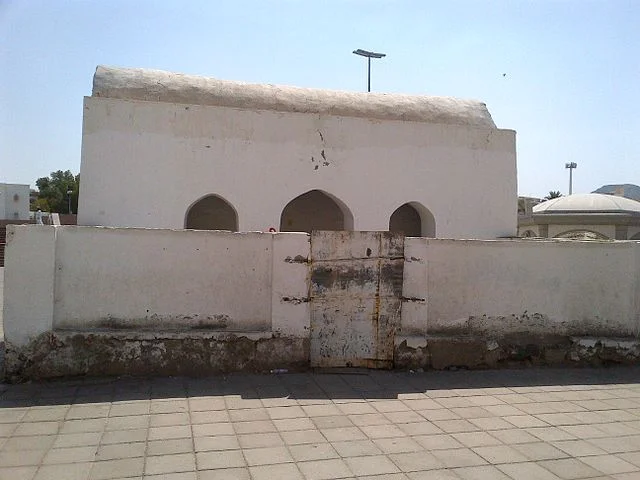Al-Masajid is an important archaeological site located in Saudi Arabia. The site holds cultural and historical significance due to its ancient structures and role in Islamic history. It is renowned for its historical mosques, as the name “Al-Masajid” translates to “the mosques” in Arabic.
Get your dose of History via Email
Historical Context
Al-Masajid has deep historical roots. While the exact dates of the site’s origin are debated, scholars believe that the site’s structures were built during the early Islamic period, around the 7th or 8th century AD. Its mosques reflect the early architectural styles that emerged after the Islamic conquests in the region.
The site’s significance grew as it became a religious and cultural hub in the Arabian Peninsula. Its location likely served as a meeting point for religious scholars, travelers, and traders during the early years of Islam. The structures within the site provide valuable insights into the development of Islamic architecture and religious practices during this time.
Archaeological Discoveries
Archaeological excavations at Al-Masajid have uncovered several key features. Among the most prominent discoveries are the remains of mosques, residential buildings, and ancient inscriptions. The mosques, which give the site its name, are particularly notable for their simple but distinct architectural features, which include prayer halls and mihrabs oriented toward Mecca.
Inscriptions found at the site also provide insight into the religious and social life of the community that once inhabited the area. These inscriptions, often written in Arabic, offer historians clues about the early spread of Islam in the region.
Architectural Significance
The architectural design of the mosques at Al-Masajid is an example of early Islamic styles. The mosques feature simple layouts, with a focus on practicality and function. They lack the elaborate decorations that later became more common in Islamic architecture. This simplicity reflects the early Islamic emphasis on humility and the focus on communal prayer.
One of the key elements in the site is the qibla wall, which faces Mecca. The mihrab, a niche in the qibla wall, helped guide worshippers toward the direction of prayer. The use of local materials in the construction of these mosques also reveals the resourcefulness of the builders.
Cultural Importance
Al-Masajid is more than just an archaeological site. It represents an important chapter in the history of Islam and the Arabian Peninsula. Its structures serve as a reminder of the early development of Islamic culture and the spread of the religion throughout the region. The site is also a symbol of the religious devotion that characterized the communities living there.
Today, Al-Masajid stands as a cultural heritage site, protected for its historical value. Preservation efforts ensure that future generations will continue to study and appreciate its role in the history of early Islamic architecture and society.
Conclusion
Al-Masajid offers a unique glimpse into the early years of Islamic civilization. Its mosques, simple yet significant, help illustrate the religious and architectural developments of the time. Archaeological discoveries at the site contribute to our understanding of how Islam spread across the Arabian Peninsula. The preservation of Al-Masajid remains crucial to safeguarding this important piece of history for future generations.
Source:

